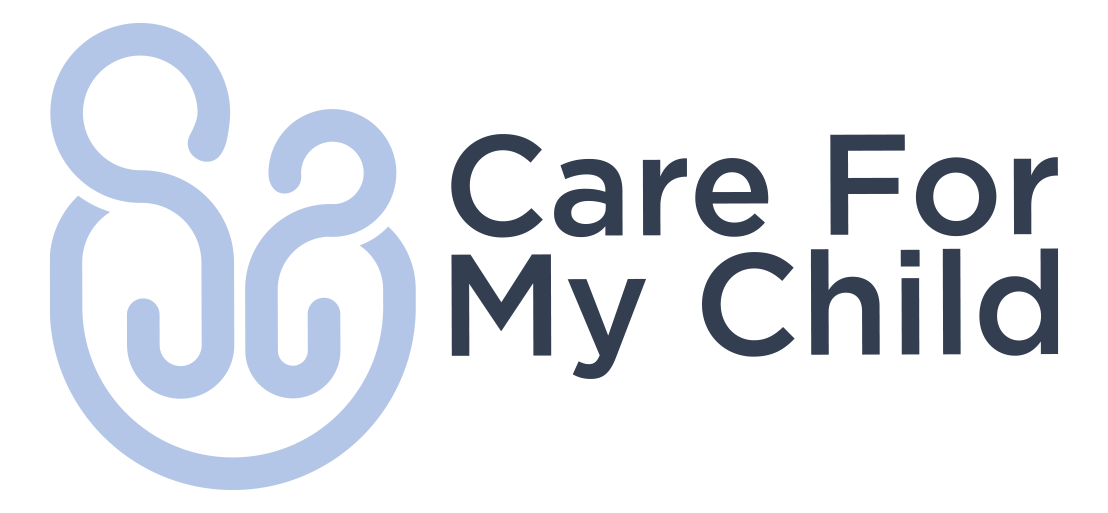The Yellow Flag: Understanding Jaundice in Newborns
Introduction:
Your newborn has just arrived and you've got a million things running through your mind! From feeding schedules to nappy changes. But what if your baby starts showing a yellowish tint in their skin or eyes? Before you hit the panic button, let’s talk about jaundice - a condition that's very common in newborns and usually nothing to worry about.
What is Jaundice?
Jaundice is more than just a yellow tint to your baby's skin and eyes; it's a sign that there are higher levels of bilirubin in the bloodstream. Bilirubin is produced when red blood cells break down, a normal bodily process. Usually, the liver filters this bilirubin out. However, a newborn's liver is still maturing and sometimes can't process bilirubin as quickly as needed, leading to its accumulation.
In some cases, the type of feeding—like breastfeeding—can contribute to a specific kind of jaundice known as 'breast milk jaundice.' While this sounds worrisome, it's often a temporary issue that resolves as your baby's digestive system matures.
So, while jaundice often resolves on its own, it's essentially a flag raised by your baby's body, signalling that the liver's bilirubin processing system is still maturing.
Factors that can contribute:
Physiological jaundice: This is the most common type and occurs as the newborn's liver matures. It usually appears around the second or third day of life.
Breast milk jaundice: Sometimes, the substances in breast milk can make it harder for the baby's liver to process bilirubin. This is generally temporary and should not discourage breastfeeding.
Blood incompatibility: If the baby and mother have different blood types, it can lead to a faster breakdown of the baby's red blood cells, causing higher bilirubin levels.
Infection or underlying health conditions: Less commonly, jaundice can be an indicator of an underlying health issue or infection that requires medical attention.
Understanding the most likely cause of your baby's jaundice will help your healthcare provider determine the most appropriate course of action.
How is Jaundice Treated?
The good news is that most cases of newborn jaundice are what doctors call "physiological," which in parent-speak means they’re a normal part of the baby’s adjustment to life outside the womb. Mild cases often resolve on their own within one to two weeks as the baby’s liver starts working more efficiently.
Treatment for jaundice varies depending on the severity and the underlying cause, and it's always tailored to the individual needs of your baby.
Phototherapy: This is the most common treatment for moderate cases of jaundice. Your baby will be placed under a specific wavelength of blue light that helps convert bilirubin into a form that can be more easily flushed out the body. Some newborns may require a 'bili blanket,' which is essentially a portable phototherapy device.
Supplemental Feeding: Increased fluid intake can help flush out the bilirubin. If you're breastfeeding you might be encouraged to breastfeed more frequently or increase the volume or frequency of formula feeds.
Exchange Transfusion: This is an extremely rare but critical procedure used in severe cases. During an exchange transfusion, small amounts of your baby's blood are replaced with donor blood to quickly lower bilirubin levels. This is typically performed in a neonatal intensive care unit (NICU) and is reserved for life-threatening situations.
Medication: In some instances, medication may be used to address the underlying cause, particularly if an infection is suspected.
Your healthcare provider will monitor your baby's bilirubin levels through non-invasive tests or blood tests to gauge the effectiveness of the treatment and make any necessary adjustments.
When Should I Worry?
While jaundice is generally not a red flag, here are some signs that it’s time to consult your healthcare provider:
If the yellowing starts spreading downwards from the face to the chest and then to the limbs.
If your baby seems unusually drowsy, is not feeding well, or is hard to wake up.
If the jaundice appears within the baby's first 24 hours of life, that's a cue to seek immediate medical attention.
If you notice any other concerning symptoms like fever.
If you notice any changes in baby's nappies like pale stools and dark urine.
If the jaundice is prolonged and continues for more than 14 days of age in a term baby or 21 days in a premature baby (under 37 weeks).
Potential Complications of Jaundice
While most instances of newborn jaundice are mild and resolve without any long-term issues, untreated or severe jaundice can lead to complications. The primary concern is a condition known as kernicterus, which results from very high levels of bilirubin. Kernicterus can lead to irreversible neurological damage, impacting the baby's movement and cognitive abilities. Hence, it is crucial to monitor jaundice and seek timely advice from your midwife or doctor.
Conclusion:
Jaundice is a common condition that most often resolves on its own. But armed with knowledge and a keen eye, you’ll know when it’s time to call in the experts for a little extra help. Happy parenting!
Further reading and resources:
NHS Overview of Newborn Jaundice: Newborn jaundice - NHS (www.nhs.uk)
Patient UK's Info on Jaundice in Babies: Neonatal Jaundice: Causes, Symptoms, and Treatment | Patient
